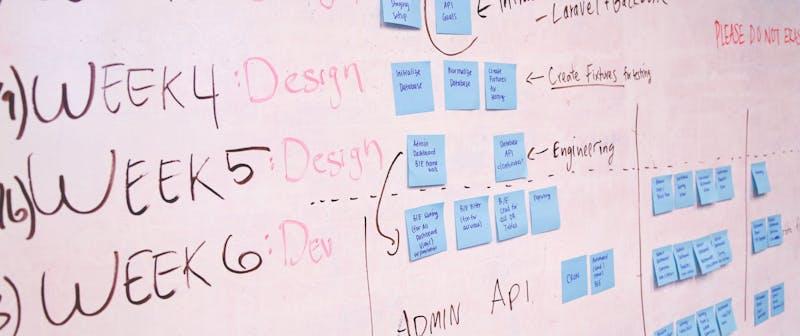Building Scalable APIs: Design Principles That Last
Home
Engineering Insights
Building Scalable APIs: Design Principles That Last

Building Scalable APIs: Design Principles That Last
Learn the foundational principles for designing APIs that scale with your product, team, and user base—ensuring maintainability, performance, and ease of use.

Why Scalable API Design Matters
APIs are the backbone of modern applications—from mobile apps to third-party integrations. But building an API that can scale with your product's growth is a discipline that requires both strategic thinking and technical rigor. Poorly designed APIs often lead to performance issues, inconsistent data handling, and developer frustration.
Choose the Right Paradigm: REST vs GraphQL
The choice between REST and GraphQL isn't just technical—it's architectural. REST is simple and well-supported, with predictable endpoints and standardized HTTP methods. GraphQL offers flexibility by allowing clients to request exactly the data they need. Choose the paradigm that aligns with your team’s skillset and product requirements.
The best APIs don’t need documentation—they explain themselves through structure.
Versioning Is Non-Negotiable
As your application evolves, so will your APIs. Implement versioning early on to prevent breaking changes for existing consumers. Use URI-based (`/v1/endpoint`) or header-based versioning, and clearly document deprecated versions.
Authentication & Rate Limiting
Secure your APIs using OAuth2, JWT, or API keys depending on your use case. Protect endpoints with role-based access and introduce rate limits to prevent abuse. Tools like Laravel Sanctum or API Gateway solutions like Kong can simplify these implementations.
Consistency and Naming Conventions
Uniformity makes APIs predictable. Stick to consistent naming conventions, use plural nouns for resources (e.g., `/users`), and define clear response structures. Avoid abbreviations or over-engineering your URL schemes.
Documentation Is a Feature
API consumers rely on great documentation. Use tools like Swagger/OpenAPI or Postman collections to automatically generate interactive docs. Include example requests, common error responses, and usage best practices.
Performance Optimization
Leverage caching (e.g., ETags, Redis), pagination, and query optimization to maintain responsiveness. Minimize payload sizes and consider background processing for resource-intensive operations to reduce latency.
Conclusion
Scalable API design is a blend of usability, security, and foresight. By applying consistent design patterns, planning for growth, and prioritizing developer experience, your APIs can remain stable and performant no matter how large your product grows.
Share this post:
Related Posts

Automating quality assurance using Playwright can significantly reduce bugs in production, increase...

Microservices offer a flexible and scalable architecture that empowers modern web platforms to handl...

Creating a SaaS platform demands more than functionality—it requires airtight security, regulatory c...


